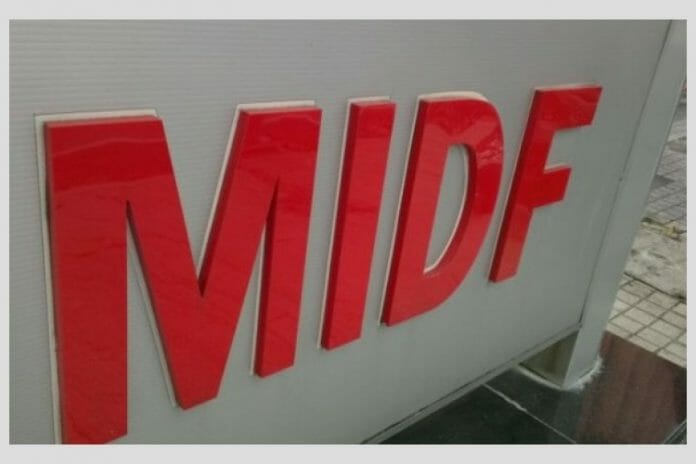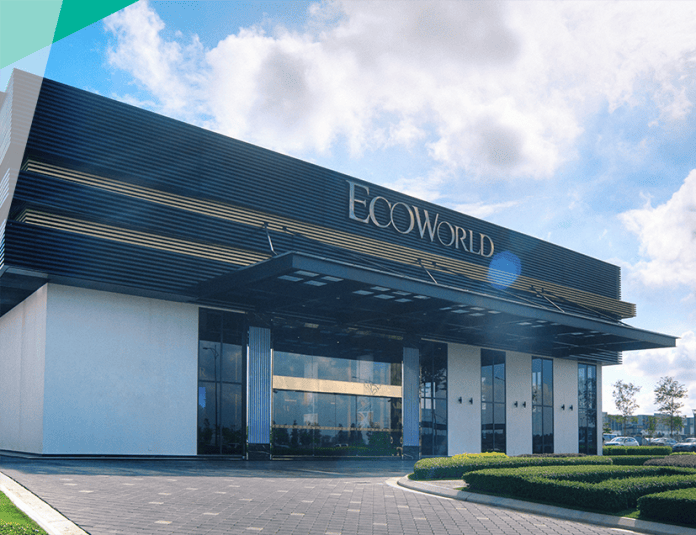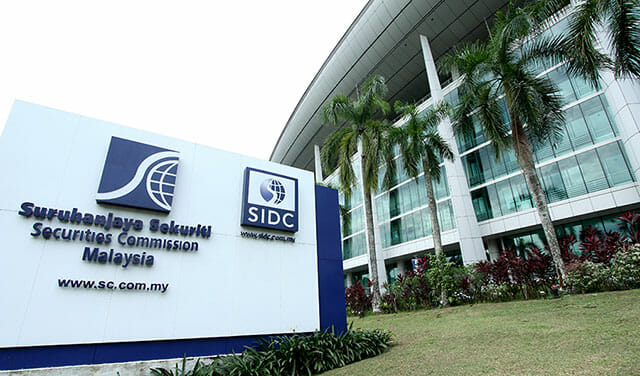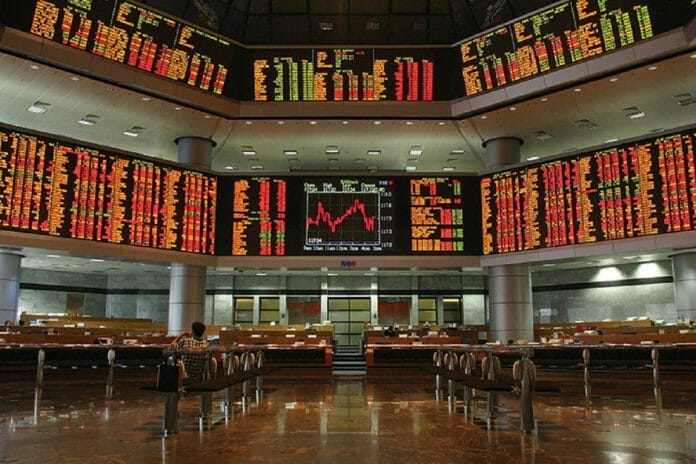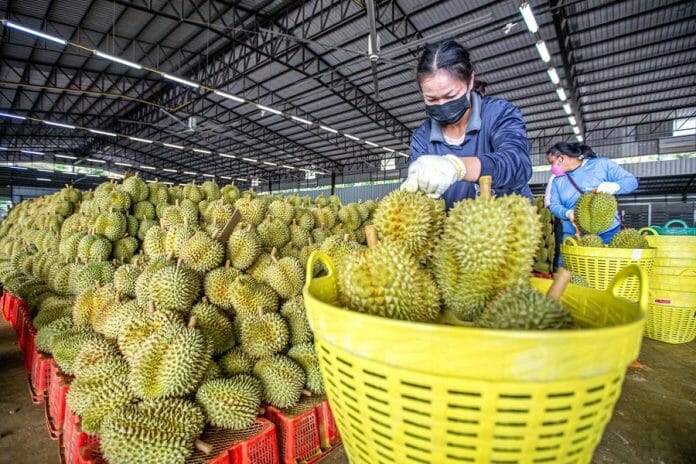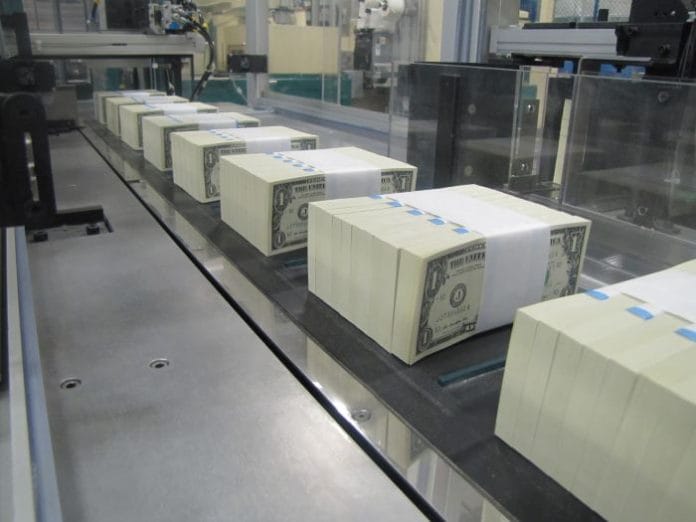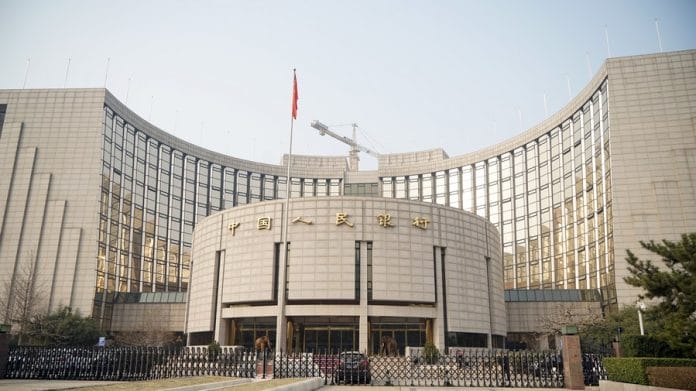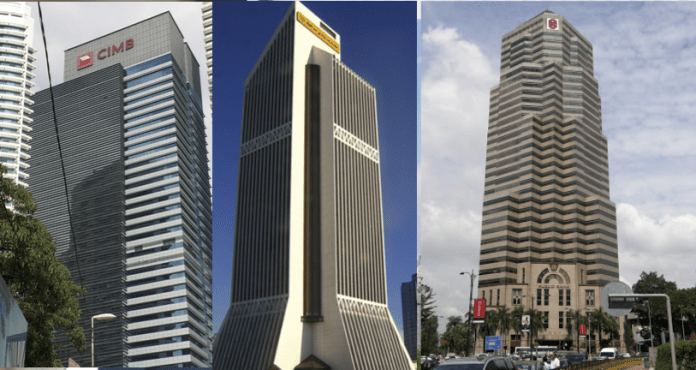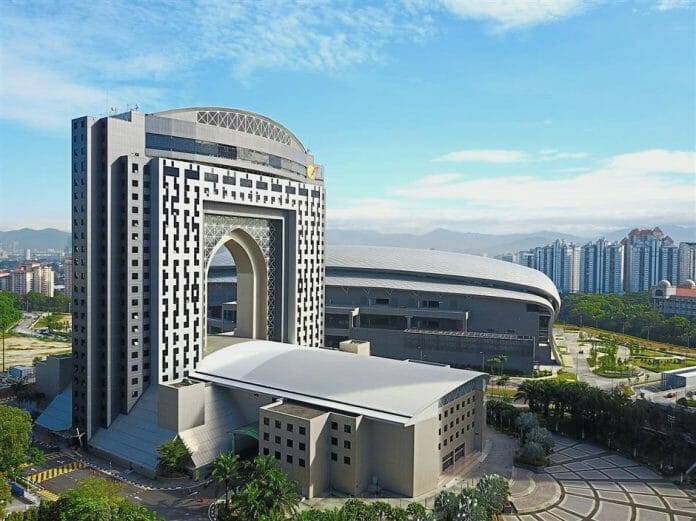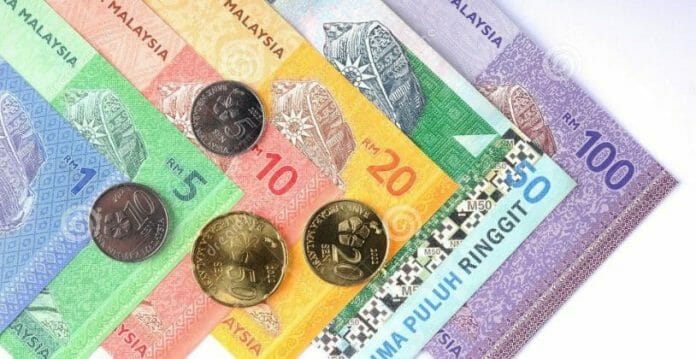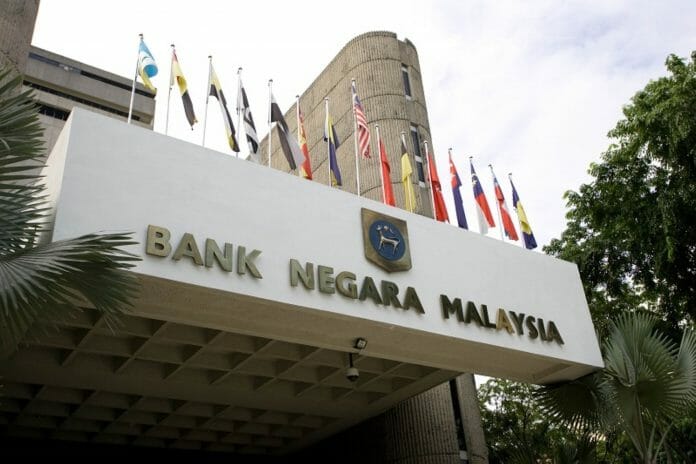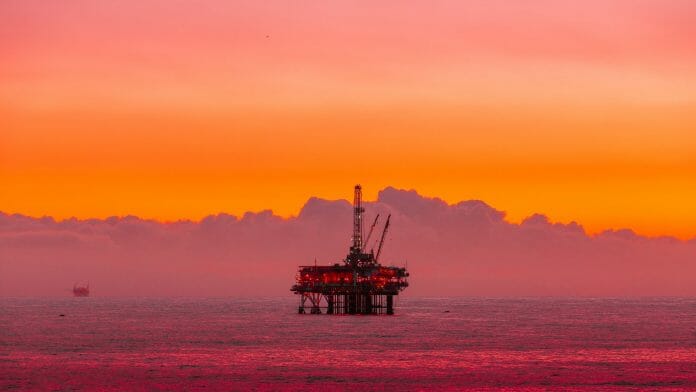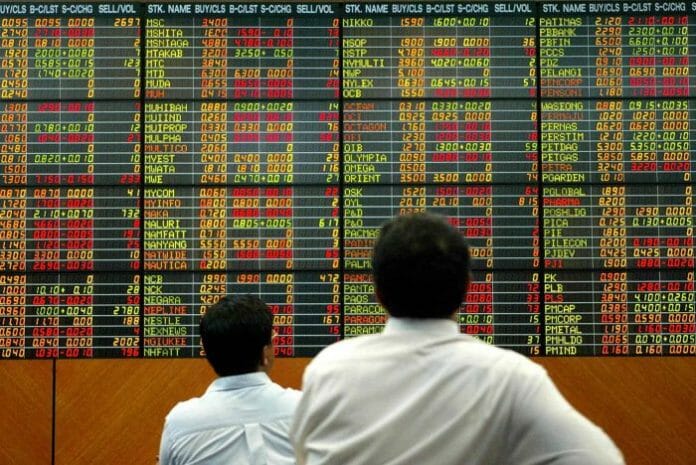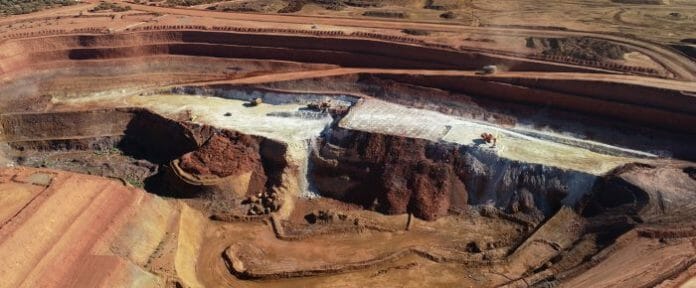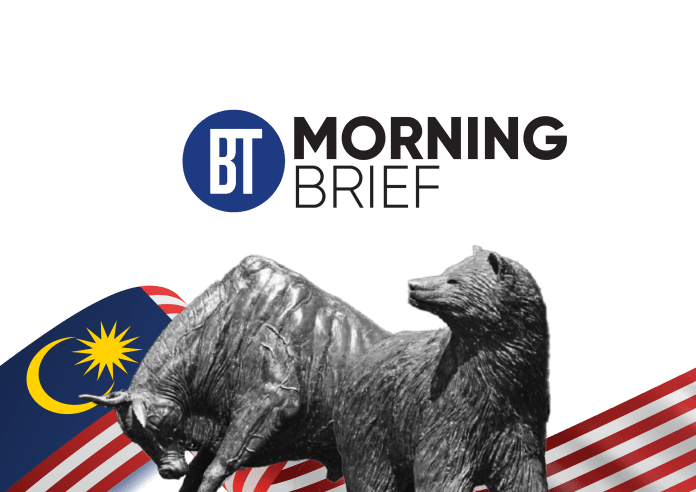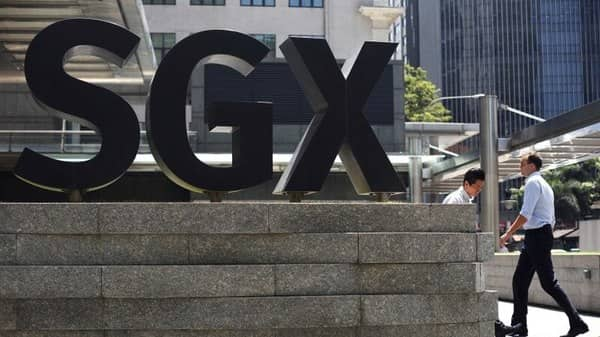According to the advance estimate, Malaysia’s economy grew at modest pace of +3.4%yoy in 4QCY23. The growth was only marginally faster from the previous quarter but below estimate and market consensus said MIDF.
Based on the sector breakdown, growth in the manufacturing sector was sluggish at only +0.1%yoy, dragged down by weak production of E&E, petroleum, and rubber & plastic products. This was in line with the still weak export performance, compared to a year ago. In addition, growth in the construction sector moderated to +2.5%yoy, the slowest expansion in 6 quarters. According to DOSM, reduction was recorded in the non-residential sector and specialised construction activities. The services sector also registered marginally slower growth at +4.7%yoy, but the sustained rise reflected continued growth in domestic spending during the quarter. In contrast, the primary sectors i.e. agriculture and mining & quarrying expanded faster at +1.2%yoy and +3.7%yoy, respectively.
The growth in agriculture sector was driven by increased output in the oil palm, other agriculture and livestock sub-sectors;
while higher production of natural gas and crude petroleum & condensates contributed to the rebound in mining sector growth.
Taking into account the weaker-than-expected GDP growth in 4QCY23, Malaysia’s GDP growth moderated to +3.8% in 2023, lower than estimates of +4.2%. The house said this can be explained by the weakness in external trade and global manufacturing activities, which translated into manufacturing growth slowing to +0.8% last year. Meanwhile, services sector (and domestic demand) continued to anchor growth, despite the sector’s growth moderating to +5.4%, back to more normal growth with the absence of low base effect. The strength in domestic demand also helped to boost growth for the construction and agriculture sectors, both growing stronger at +5.8% and +0.5% respectively.
In addition to the weak consumer sentiment, we are also wary of the effect of policy changes to inflation as well as consumers’ discretionary spending. More money may be spent to cover the increases in utility tariffs and higher domestic fuel prices, and as a result consumers may reduce spending on other items or services. On the external front, downside risks such as possible recession in the US economy and escalation of geopolitical tensions may lead to prolonged weakness in the global trade and manufacturing activities. In other words, Malaysia’s exports and production activities may not increase as strong as anticipated, if external demand continues to be weak.
The house continues to forecast Malaysia’s GDP growth will strengthen to +4.7% this year (2023: +3.8%). The stronger GDP growth will be underpinned by the external trade recovery, as the analysts foresee improvement in E&E exports and growing external demand from major markets like China and the US. On top of the external trade recovery, it foresees economic growth this year will be anchored by continued rise in domestic spending


